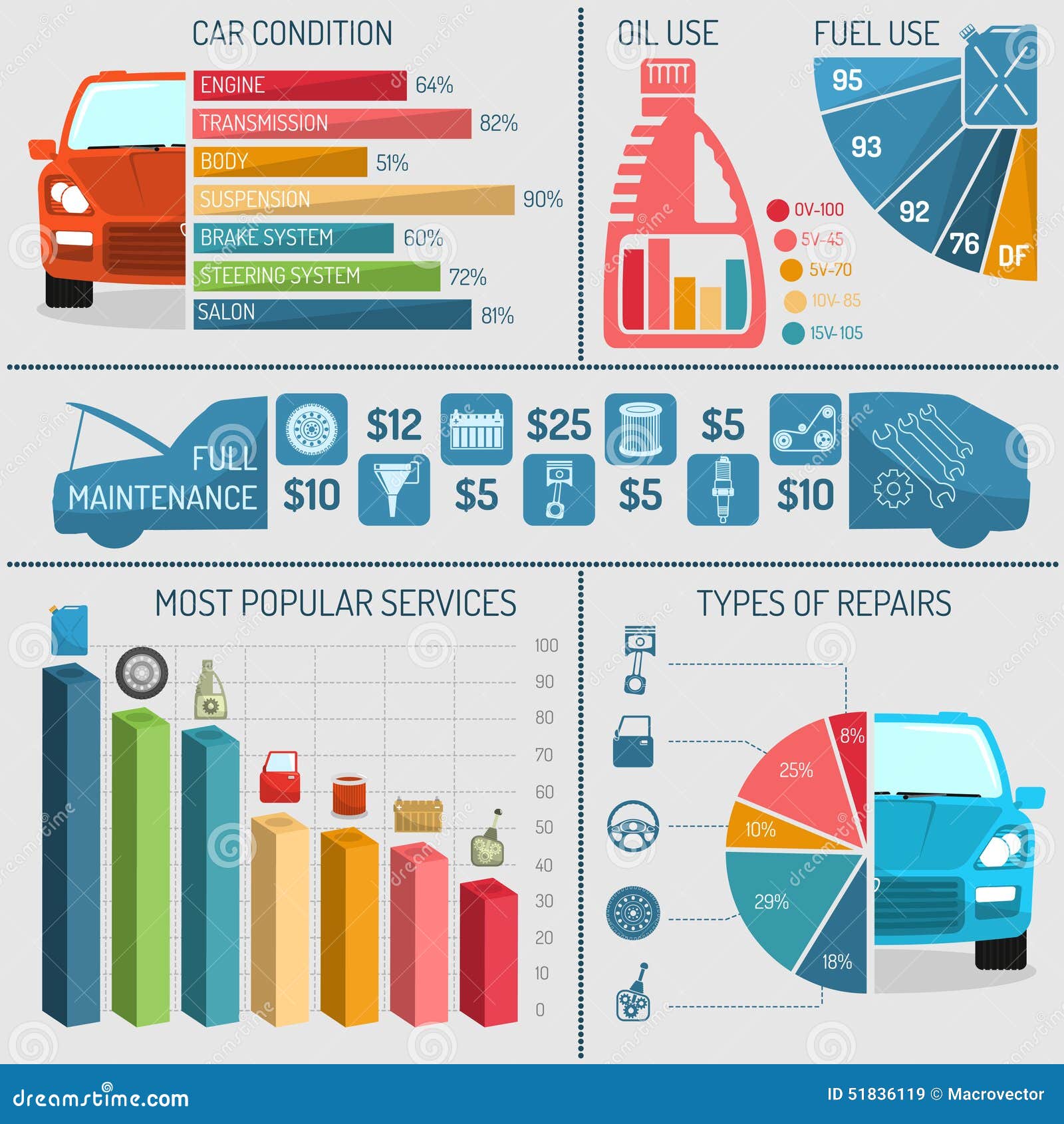Interpreting Your Auto'S Alert Lights: Their Real Implications
Interpreting Your Auto'S Alert Lights: Their Real Implications
Blog Article
Web Content Writer-Higgins Dalgaard
When you're behind the wheel, those glowing warning lights on your dashboard can be a bit puzzling. Do you know what they're trying to tell you about your vehicle's health and wellness? Comprehending the relevance of these lights is vital for your safety and the long life of your car. So, the following time one of those lights pops up, would not you intend to decipher its message properly and take the required steps to address it?
Common Caution Lights and Interpretations
Determine usual warning lights in your automobile and comprehend their meanings to guarantee safe driving.
One of the most regular warning lights include the check engine light, which signals issues with the engine or discharges system. If this light begins, it's crucial to have your lorry examined without delay.
The oil stress advising light suggests low oil stress, requiring instant attention to avoid engine damages.
A blinking battery light might suggest a defective billing system, potentially leaving you stranded if not addressed.
The tire pressure monitoring system (TPMS) light notifies you to low tire stress, impacting car security and fuel effectiveness. Neglecting this might lead to hazardous driving conditions.
The abdominal muscle light shows a problem with the anti-lock stopping system, endangering your capacity to stop quickly in emergency situations.
Lastly, the coolant temperature level advising light warns of engine getting too hot, which can result in extreme damage if not settled swiftly.
Recognizing these typical warning lights will help you address issues without delay and maintain risk-free driving conditions.
Importance of Prompt Interest
Understanding the typical caution lights in your auto is just the first step; the relevance of immediately dealing with these cautions can't be stressed enough to ensure your safety on the road.
When a warning light brightens on your dashboard, it's your vehicle's means of interacting a possible concern that needs attention. Disregarding these warnings can result in extra serious troubles later on, endangering your safety and security and possibly costing you much more in repairs.
https://cruzmhcwp.madmouseblog.com/10431400/interested-in-the-realm-of-auto-describing-supplies-explore-the-key-tools-and-expert-ideas-that-can-boost-your-outlining-capabilities-from-scratch to advising lights can avoid break downs and crashes. For instance, a blinking check engine light can show a misfire that, if left ignored, could create damages to the catalytic converter. Resolving this quickly can conserve you from a costly fixing.
Likewise, a brake system advising light could indicate low brake liquid or worn brake pads, critical elements for your safety and security when driving.
Do It Yourself Troubleshooting Tips
If you see a caution light on your control panel, there are a couple of do it yourself troubleshooting ideas you can try before seeking expert aid.
The very first step is to consult your automobile's guidebook to comprehend what the particular warning light suggests. Sometimes https://www.moneytalksnews.com/cars-selling-for-more-than-their-retail-value/ can be as easy as a loose gas cap activating the check engine light. Tightening the gas cap might solve the problem.
Another common issue is a low battery, which can activate various cautioning lights. Checking the battery links for corrosion and guaranteeing they're protected might repair the issue.
If a warning light persists, you can try resetting it by detaching the auto's battery for a few mins and afterwards reconnecting it. Additionally, inspecting your lorry's fluid levels, such as oil, coolant, and brake liquid, can aid fix cautioning lights associated with these systems.
cardetailingservice , understanding your automobile's caution lights is important for keeping your lorry running efficiently and safely. By quickly attending to these signals and knowing what they indicate, you can prevent expensive fixings and potential breakdowns.
Remember to consult your automobile's handbook for certain details on each cautioning light and do something about it as necessary to make sure a hassle-free driving experience.
Remain notified, stay secure when driving!
